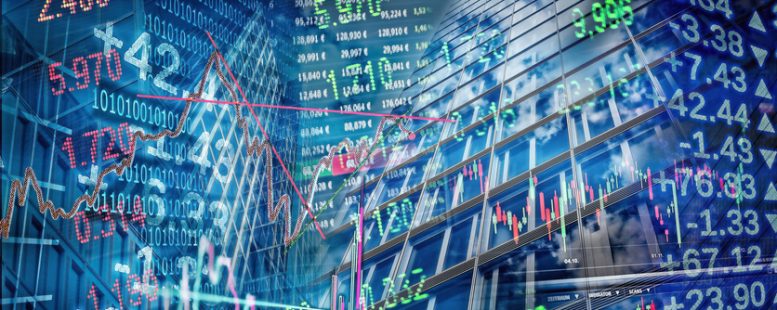Our Opinion: 2023
2022 : the year of the interest rate shock

Whilst markets are getting used to higher interest rates, it does not mean that the chaos Is over.
After a strong run from mid-October, stock-markets fell again in December. The S&P 500, the index of American shares shed 5% since the middle of December when the Federal Reserve increased interest rates by half a percentage point and Jerome Powell, its chairman, said that policymakers had no plans to start lowering rates until they were confident that inflation was moving down to 2%. He said that “the historical record cautions strongly against prematurely loosening policy.
The end of cheap money caused drama in markets in 2022. Investors are hopeful that the chaos will soon be over and that a rate cut might come as soon as mid-2023. However, Mr Powell’s warning sounds like an effort to drive home the idea that the optimism is misplaced.
It would not be the first time. Markets have collapsed after most Fed meetings in 2022, as investors became shaken by Mr Powell’s tone. In each of the five worst weeks for American stocks in last year, shares plunged by about 5%. All of them took place immediately before or after a Fed meeting. As inflation rose higher and quicker than expected, the central bank delivered aggressive rate rises, even as investors kept hoping that it might let up. When the stock-market peaked in the US on January 3rd, Bond markets thought that the upper limit to the Fed’s policy rate would be 1.0% (up from 0.25% at the time). It now stands at 4.5%.
This fierce tightening of monetary policy triggered much of the turbulence that rocked markets in 2022. The collapse in tech share prices was so violent that Meta has twice shed more than 25% of its value in a single trading day. The rout in Bond markets was so extreme that corporate issuance and loan markets seized up in the Spring. British pension funds were thrown into turmoil in the autumn by moves in gilt prices, and the collapse in crypto revealed what American authorities are calling a “massive years-long fraud” at FTX.
Will things be calmer in 2023? Interest rates are higher across most of the rich world than they have been for more than 15 years, so much of the rate shock may seem to be safely in the past. Inflation appears to be abating, in America at least. Though many countries in Europe are still struggling with high energy costs, price increases seem to have slowed here too. Perhaps the adjustment, though painful, is largely done.
Such thinking could well prove mistaken. For a start, a gulf remains between what the Fed says it will do and what investors expect from it. The central bank thinks it may have to raise interest rates above 5% in 2023, and leave them there. That does not tally with investors’ expectations. Despite Mr Powell’s warnings, they are betting on a shallower peak and continue to think that the first rate cut may come as soon as the summer.
The effects of the rate shock are still working their way through to asset prices. So far, only the quickest and twitchiest asset markets, like stocks, bonds and crypto, have adjusted. Those moves are still being digested by financial institutions. Only in crypto have large firms been in real danger, with some lending platforms, exchanges and hedge funds going bust.
However, the interest-rate shock could yet expose cracks elsewhere in the financial system. Prices have yet to adjust in markets that are slower to mark down assets, as in private equity and property.
The rate shock dominated financial markets in 2022. Little wonder that investors wish an end to it. Yet the big debates about inflation and interest rates remain unresolved; investors’ hopes for growth and profits look too rosy; and the effects of rate rises have yet to filter through to all corners of the financial system.
Whatever investors choose to believe, the chaos of 2022 could well follow them into the new year.
4th January 2023
